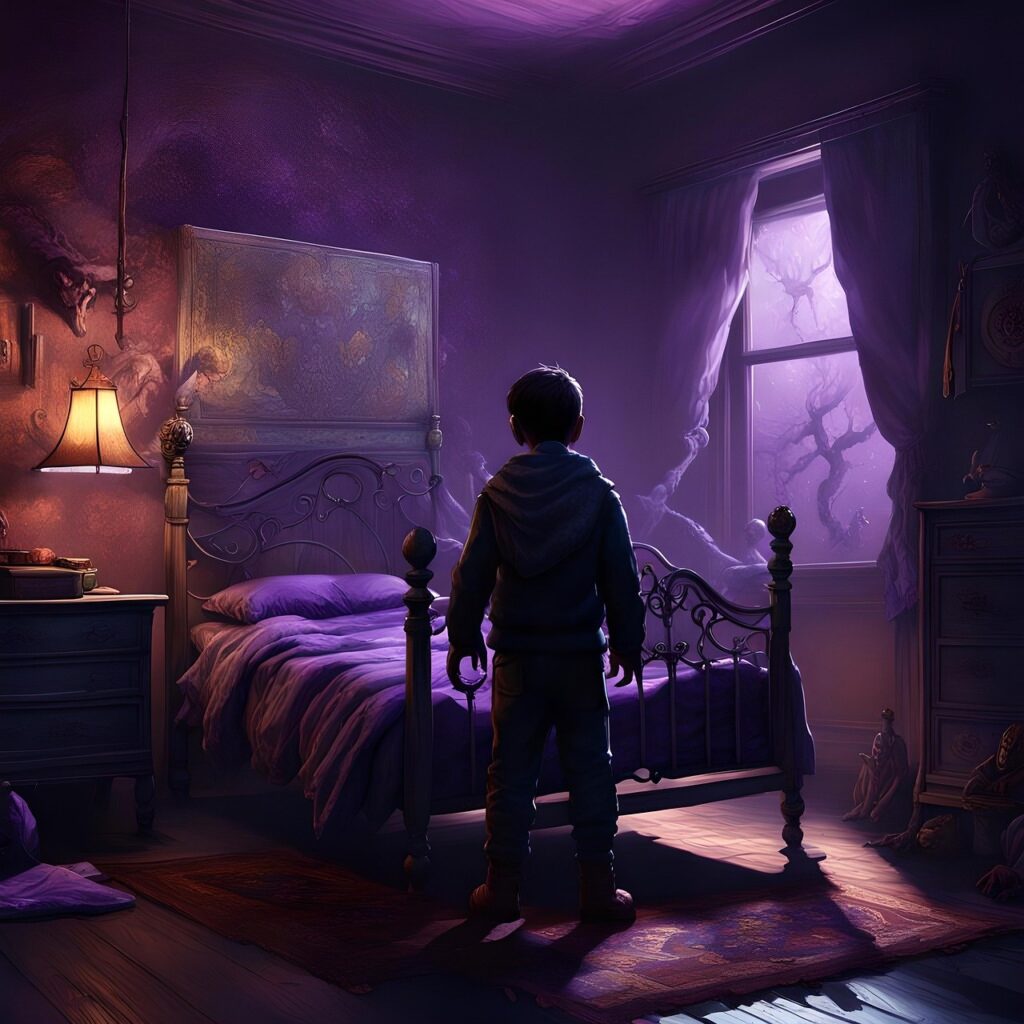SPOILER ALERT!
~ Sleep helps consolidate memories. we learn better after a night of sleep
~ The feeling of fear is instinctively remembered, but the memory of the fearful event is consolidated during sleep
~ Consolidation of fear memories helps attach the specific fear cues to a fearful event.
~ Without proper consolidation, fear becomes generalized and out of control as seen in anxiety disorders like PTSD and panic disorder
Research shows that sleep helps consolidate memory of a task learnt during the day. Recently, there has been indication that it improves performance on tasks with an emotional component to them or requiring an understanding of implicit rules. For example, findings indicate that sleep benefits understanding and application of the core objectives of a task that was learnt during the day.
Fear Memory during Sleep
Conversely, sleep loss disrupts certain aspects of memory suggesting that replay and reactivation may be important stages of learning during sleep. For example, mice that were taught to discriminate between an aversive stimulus (i.e., called a conditioned stimulus which involves a light followed by an electrical shock to the foot) and a neutral one, lost their ability to differentiate between the two after sleep deprivation. In other words, they feared both stimuli indiscriminately, because learning was disrupted.
This paradigm is used to investigate how fear memory (e.g., trauma) is consolidated during sleep. Mice are subjected to two types of visual cues; one that is neutral and the other that induces fear because it is paired with electric shock. Multiple presentations of this stimulus followed by an electric shock (i.e., creating a conditioned stimulus) drive the animal to associate the two together, becoming afraid of it even in the absence of electric shock.
Consolidating Fear Memory during Sleep
The neural mechanism involved in the consolidation of fear memories during sleep includes neurons (nerve cells) that communicate with valence-signaling neurons located in the amygdala (i.e., neurons that translates valence, either positive or negative), thereby creating long-lasting fear memories with their own cues. Although the fear is instinctively memorized, recruitment of these neurons allow to piece together cues that will be associated with the fear memory.
Supporting this finding is the evidence that disruption of this process leaves mice showing general freezing behavior (i.e., a sign of fear) without the ability to attach a specific cue to that fear, thus indicating that the fear memory remained but not the details of it. These findings have important implication for understanding the role of sleep in mood and affect regulation.
Particularly, it would help broaden our understanding of disorders where fear is dysregulated or misattributed such as in post-traumatic disorder (PTSD), Panic disorder (PD), and other anxiety disorders.
Reference:
Clawson, Brittany & Pickup, Emily & Ensing, Amy & Geneseo, Laura & Shaver, James & Gonzalez-Amoretti, John & Zhao, Meiling & York, Alxandr & Kuhn, Femke & Swift, Kevin & Martinez, Jessy & Wang, Lijing & Jiang, Sha & Aton, Sara & Gurabo, & Gurabo, Puerto & Program, Neuroscience. (2021). Causal role for sleep-dependent reactivation of learning-activated sensory ensembles for fear memory consolidation. Nature Communications. 12. 1234567890. 10.1038/s41467-021-21471-2.

